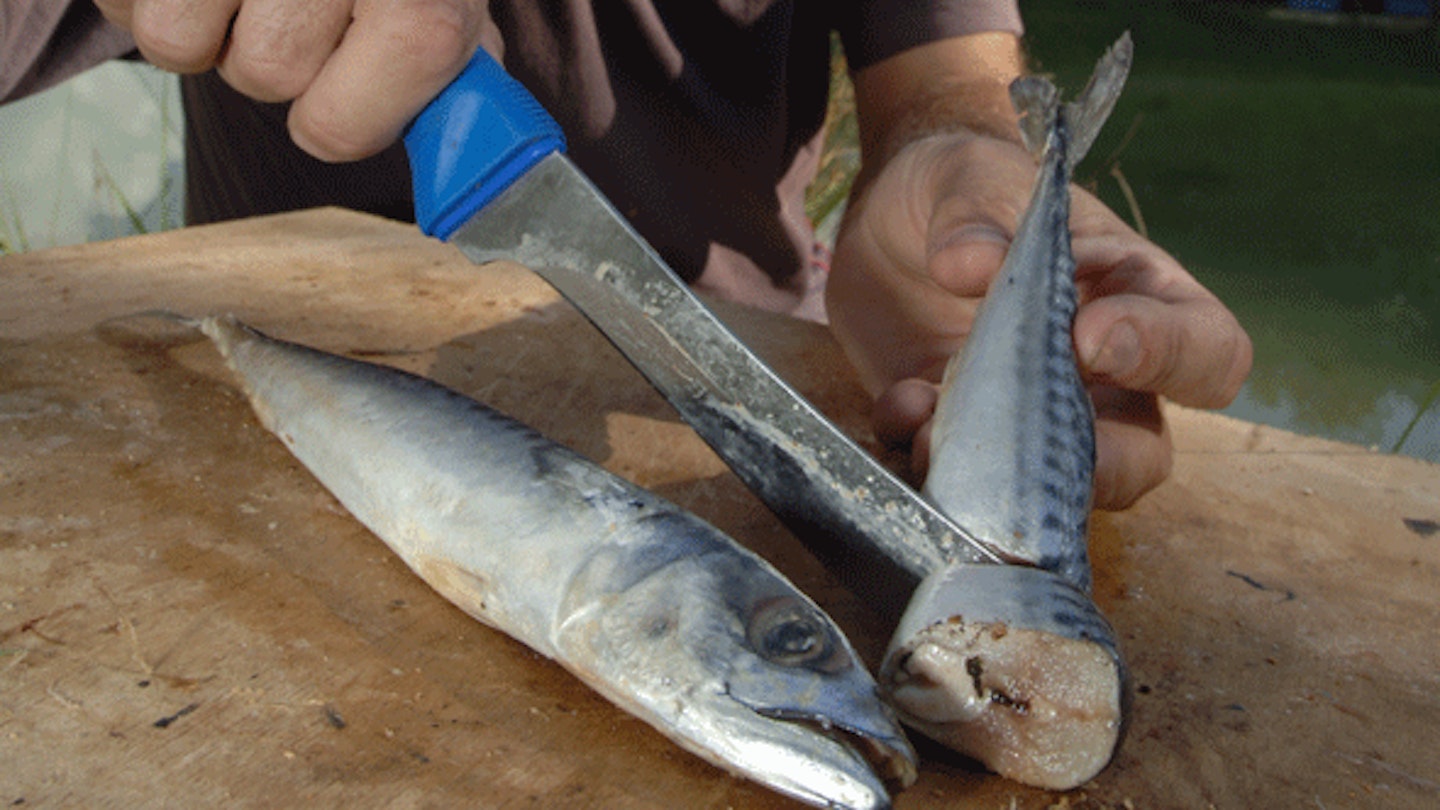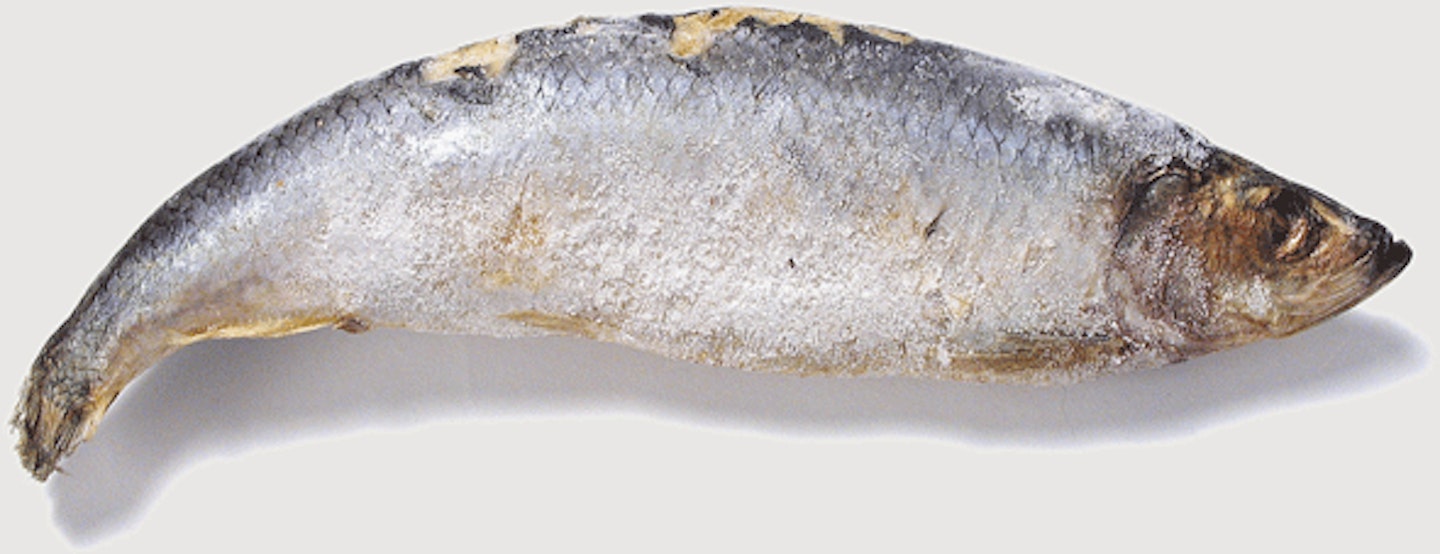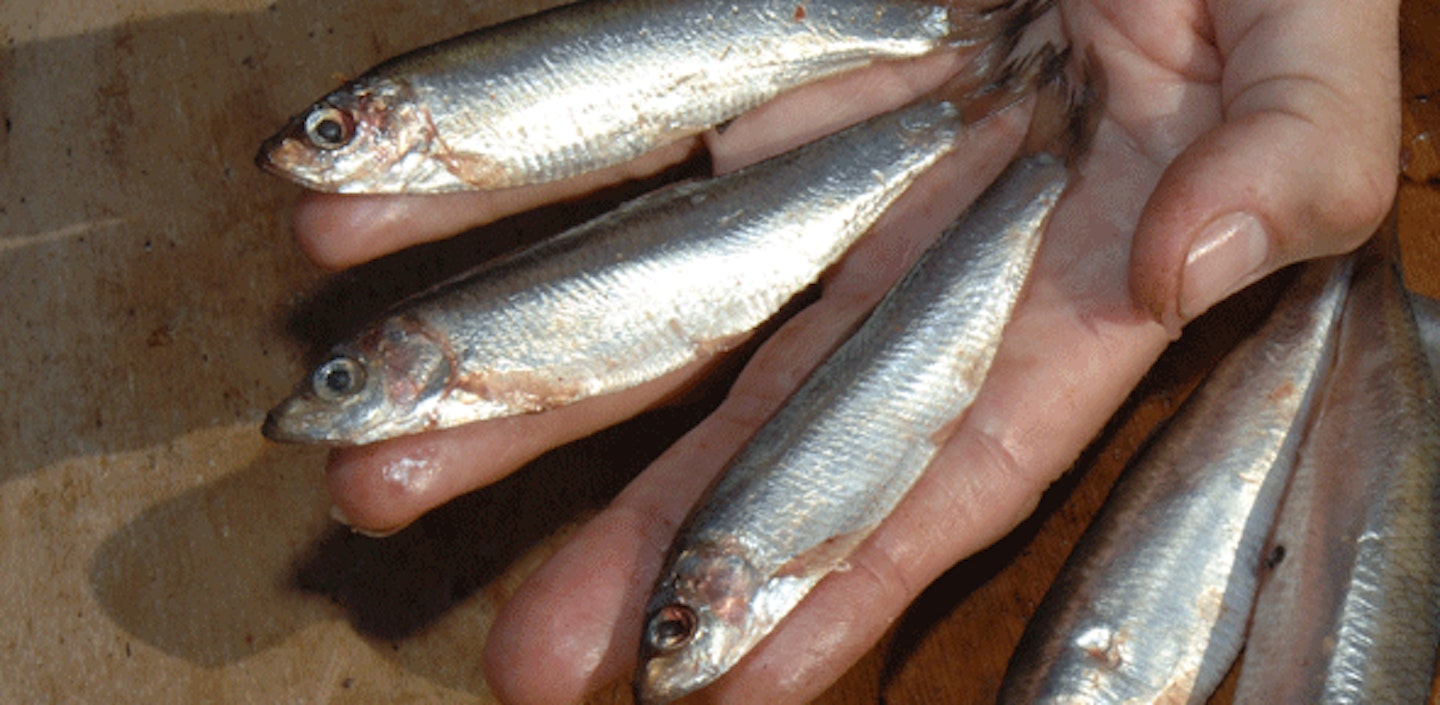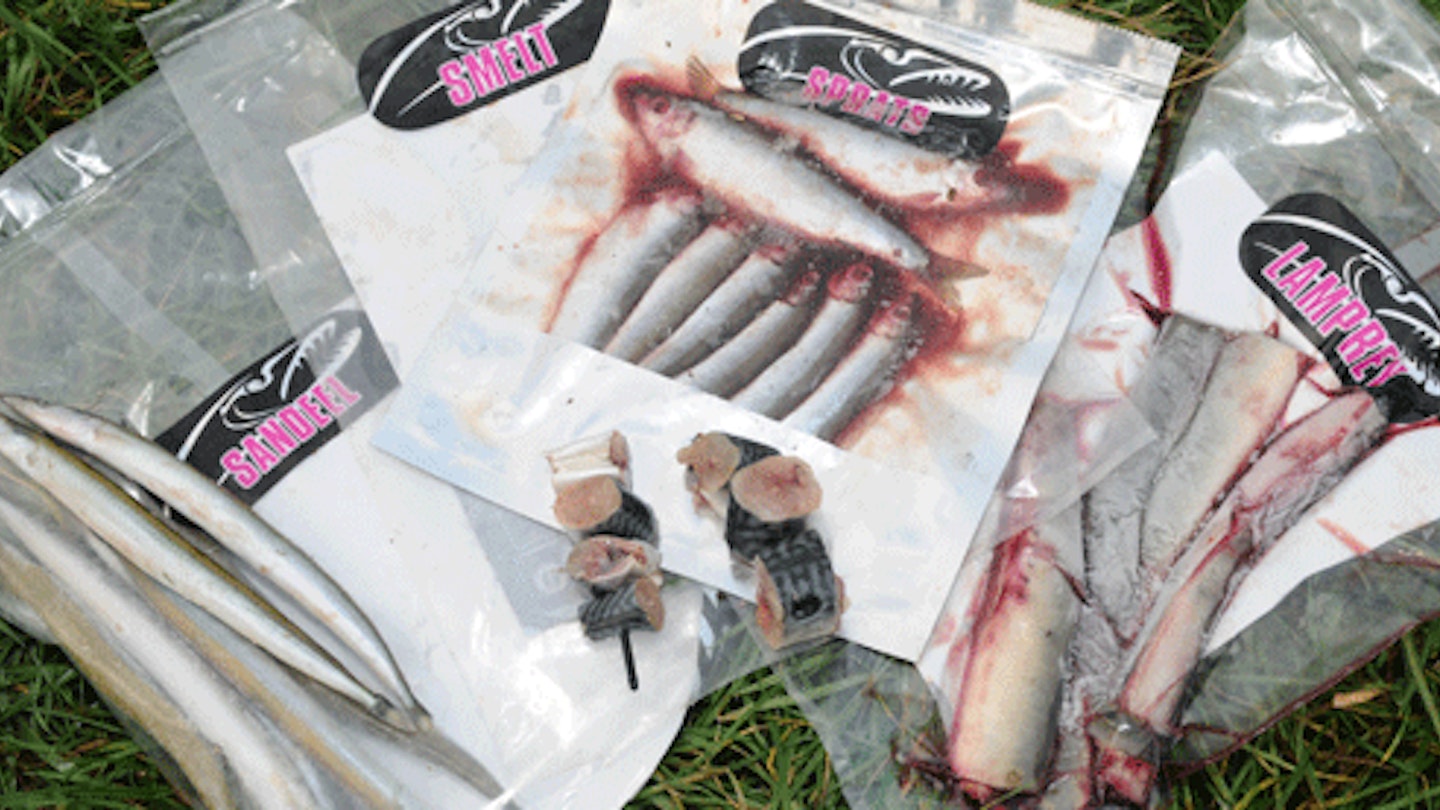Fish are the main diet of pike, catfish, zander and big eels. The feed naturally on both live and dead fish of many species, so it makes great sense to use deadbaits, in their many forms, to catch these fish.
Sea or coarse fish deadbaits?
The choice as to which you should use will probably not be yours as the controlling club of the water you are fishing may well state that coarse deadbaits aren’t allowed, and probably neither are livebaits.
This ruling will have been placed to protect the natural coarse fishing population of the lake or waterway. It will prevent their smaller fish from being caught and killed to be used as bait, but more importantly it will prevent anglers introducing strains of virus from fish of one water to another.
But, if the fishery rules allow you to use either sea or coarse fish deadbaits here’s what we suggest you do… When targeting pike, sea deadbaits are often the best choice. For zander, eels and catfish, coarse deadbaits seem to work better.
Types of sea deadbaits
There are more choices of sea deadbaits than there are coarse fish deadbaits, plus they are often more readily available. You will be able to buy them pre-packed and frozen at all good fishing tackle shops, but equally they are for sale in all good supermarkets too. Here’s details of the most commonly used sea deadbaits, and why.
Which ever type of sea deadbait you intend using, you must hook the baits correctly. The very last thing you want to happen on a cold winter’s day, when the pike aren’t going to eat much, is for your deadbait to fly off the hook to provide the pike with a free meal!
Mackerel

This is a fantastic sea deadbait for many reasons. It’s skin is very tough, it can be cut into small sections and literally carved with a sharp knife to make it aerodynamic, and it is quite weighty for its size, therefore mackerel can be cast a heck of a long way with a 2.75lb or 3lb test curve specialist rod.
They are incredibly oily fish too, so their scent trail carries a long way in the water.

If you can only get hold of 10-12in long mackerel in your local supermarket, don’t worry. You do not have to use them whole and face the possibility of smashing your rod to pieces upon the cast. Get a very sharp knife and cut them in half using a diagonal cut. A lot of predator anglers prefer to use the tail section and we understand why – because it’s the most aerodynamic – but the head section leaks more blood and scent, so it’s swings and roundabouts, really.
Smelt

This is another firm favourite among predator anglers because of the strange smell of the smelt, plus it’s size makes it perfect for fishing with. The smelt smells of cucumber.
They are long and lean sea fish that aren’t often seen in supermarkets or fishmongers – you will have to buy them from your local tackle shop.
They are quite soft fish, but with careful hooking you will be able to cast a whole smelt a good long way.
Herring

Herrings are available from good supermarkets as well as tackle shops. They are regarded as one of the better sea deadbaits for pike fishing because of the huge amount of oil that the fish releases.
They are fairly substantial sized baits when used whole, so the best way to use a herring is to hook it in the tail root and the back, then take a very sharp knife and slice the bait diagonally, half-an-inch beyond the second treble hook. Doing this not only makes the bait easier to cast due to its weight being reduced and it becoming more aerodynamic, but it also helps to release all those lovely juices into the water.
Sprats

These are very small deadbaits that can easily be used whole. They are very light, so when they are used with a fairly heavyweight rig they can be cast great distances quite easily. They tend to measure only 4-6in.
Sprats are very slender sea fish that can be bought from fishmongers as well as tackle shops, but you are more likely to find them in supermarkets.
They are quite soft when they are fresh, so bait floss may be necessary to tie the bait to the hooks when you need to cast them good distances.
One of the best uses for sprats is as an attractor. As they are so cheap it’s not too much of a burden on the back pocket to chop them up and feed them into your swim to attract those pike.
Lamprey

This eel-like species is actually a sea fish. It spends most of its time in the sea and will only move into estuaries and then into freshwater to spawn. And as the fish spends the vast majority of its life at sea, we think it can be classed as sea bait.
It is a terrific bait though. Because the lamprey feed upon the blood of other sea species, it is absolutely full of the stuff. A fresh or recently thawed lamprey will ooze masses of blood, producing a very long scent trail that predators will soon sense.
They are available from all good tackle shops (you won’t find them for sale at supermarkets) and they have very tough flesh that allows them to be cast enormous distances if needed.
Other sea baits
There are other sea baits that anglers use when those pike have become wise of the usual baits. Fish such as sardines and sandeels can have their day, and even squid can catch pike.
Sardines and sandeels are best fished static as they are quite soft-fleshed fish so constant casting and retrieving associated with wobbling will soon see the baits fly off the hook.
A whole squid, on the other hand, has tough enough flesh to allow it to be hooked and re-cast numerous times for wobbling. The white flesh and many tentacles make this bait unbelievably attractive to any nearby pike.
